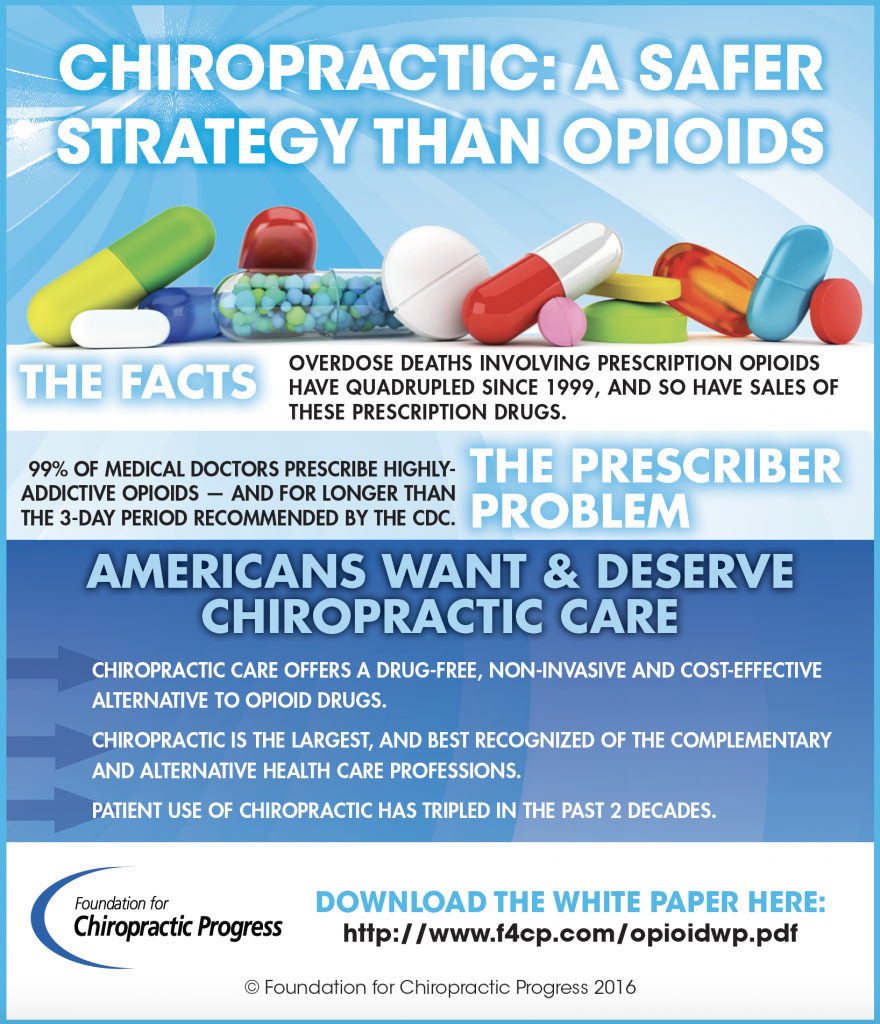When it concerns recognizing cold laser treatment, there's a fascinating globe of science waiting to be explored. The complex methods which low-level light interacts with your body's cells to advertise recovery may surprise you. From improving cellular feature to decreasing inflammation and enhancing total well-being, the scientific research behind this therapy holds many tricks that can profit your wellness in unexpected means. Intrigued by just how these light waves work their magic? Let's untangle sciatica treatment hastings with each other.
Exactly How Cold Laser Treatment Works
To recognize just how cold laser therapy functions, consider its ability to permeate the skin and promote healing at a mobile level. When the cold laser is applied to the targeted area, it sends out a low-level light that can pass through a number of centimeters below the skin. laser treatment to stop smoking connects with the cells in the tissues, triggering a series of organic responses.
The photons of light energy are absorbed by the mitochondria, the giant of the cell. This excitement improves mobile function, advertising the manufacturing of ATP, which is necessary for mobile power. Therefore, please click the following web site have a lot more energy to fix and regenerate, speeding up the healing procedure.
Moreover, cold laser therapy also aids in decreasing swelling and enhancing blood flow in the affected location. By lowering inflammation, it aids to minimize pain and swelling. The improved blood circulation brings much more oxygen and nutrients to the tissues, better sustaining the recovery procedure at a mobile degree.
Devices of Action
Understanding the systems of activity behind cold laser treatment offers understanding right into its performance in promoting cellular recovery and reducing swelling.
When the cold laser is applied to the skin, it penetrates the targeted cells without home heating or harming it. The photons of light given off by the laser are absorbed by the mitochondria in the cells, where they stimulate the manufacturing of adenosine triphosphate (ATP), the power money of the cell. This boost in ATP production boosts cellular metabolic rate, leading to increased recovery processes.
Furthermore, cold laser treatment helps to decrease inflammation by turning on the lymphatic drainage system, which assists in getting rid of excess liquid and waste products from the affected area. The laser also promotes the launch of anti-inflammatory moderators, such as nitric oxide, which play a critical function in dampening the inflammatory reaction.
Perks and Applications
Discovering the various advantages and practical applications of cold laser treatment unveils its convenience in treating a variety of conditions successfully. This non-invasive therapy alternative is known for advertising cells repair and reducing swelling.
One substantial advantage is its capability to speed up the healing procedure for injuries such as sprains, strains, and tendonitis. Cold laser treatment is likewise made use of for discomfort monitoring in problems like joint inflammation, fibromyalgia, and neuropathy, providing alleviation without the demand for medication.
Beyond discomfort alleviation, cold laser treatment has shown promise in skin-related applications by promoting collagen production, which can enhance skin tone and texture. Moreover, it's increasingly used in sporting activities medicine to improve efficiency, accelerate recuperation, and ease muscular tissue fatigue.
Additionally, this treatment aids in decreasing mark tissue development and can be beneficial in post-surgical rehabilitation.
Verdict
You currently recognize the science behind cold laser therapy and its benefits for healing, pain management, skin health, sports performance, and post-surgical rehab.
By utilizing low-level light to boost mobile recovery, this therapy uses a non-invasive and reliable treatment choice for a selection of conditions.
With its capacity to improve cellular feature and promote healing procedures, cold laser treatment is an important device in contemporary medical care.
